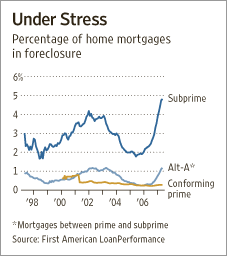From the Courier Post:
N.J. would rather sell roads than hike taxes
New Jersey residents overwhelmingly oppose the leasing of state assets, such as the lottery or the New Jersey Turnpike, to fix the state’s fiscal problems.
That is, unless the alternative is a tax hike. Then they overwhelmingly support the leasing of assets, a Monmouth University/Gannett New Jersey poll shows.
Nonetheless, residents are skeptical the money will be put to good use and fearful that if highways are leased, tolls will increase, said Patrick Murray, director of the Monmouth University Polling Institute.
“As a general concept, asset monetization, to use the governor’s parlance, just doesn’t sit well with New Jerseyans,” Murray said.
“While most New Jersey residents would choose leasing state assets over raising taxes, the residents don’t believe it’s a choice between the two,” he added. “Residents see this as just a one-shot that won’t change the way New Jersey does business. They see it as a pot of money that will disappear.”
…
“It shows the public believes it cannot tax itself out of long-festering problems and is receptive to alternatives,” spokesman Tom Vincz said. “We look forward to engaging the public on a plan that conforms with the governor’s principles and that directly answers the public’s concerns as expressed in the poll.”The Monmouth University/Gannett poll showed that 55 percent of residents opposed the idea Corzine has dubbed “asset monetization” without explaining the details. Nearly 60 percent opposed the leasing of the turnpike or Garden State Parkway, and about the same number opposed allowing private developers to build on top of train stations. Leasing the state lottery or selling naming rights to state parks were also opposed by more than half those polled.
…
Respondents to the poll were asked to choose between leasing assets or raising taxes: 62 percent would rather lease the assets. Yet when asked whether the state should lease assets or make significant budget cuts, residents were split — about 4 in 10 favored both.If the leasing is completed, 53 percent said they wanted the money sent to them as property tax relief, even though the state’s pension funding and budget crises have forced the asset monetization proposal.

